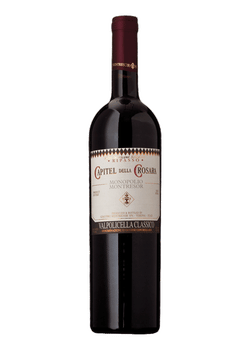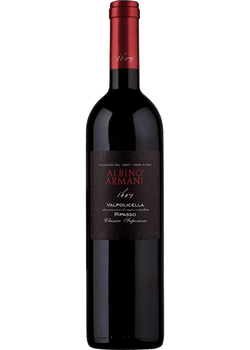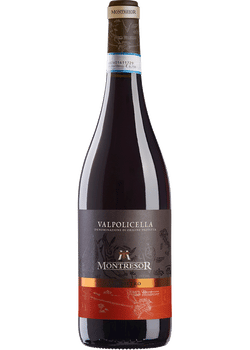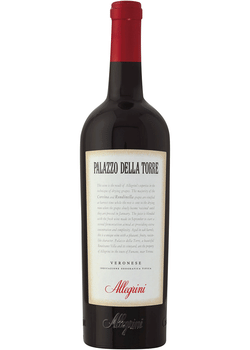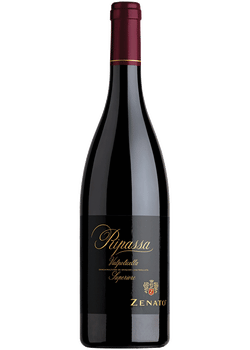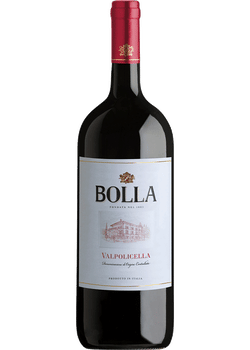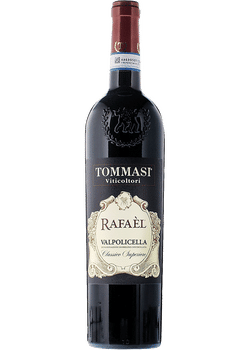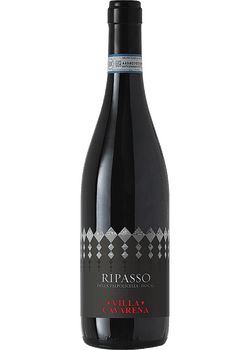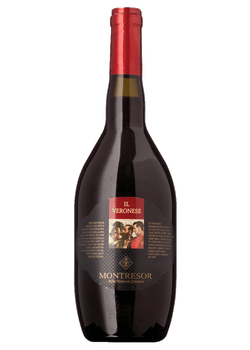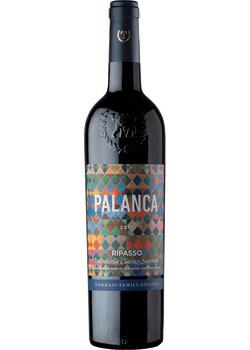The Valpolicella wine zone, in northeastern Italy’s Veneto region, produces some of Italy’s best-known red wines, using Corvina, Rondinella and Molinara grapes.
Wines bearing the Valpolicella DOC label are fresh and cherry-scented, with a slight hint of bitterness on the finish. These light-bodied red wines are nice companions for food that might be overpowered by heavier red wines, and they can be chilled slightly to enjoy in warm weather. More substantial Valpolicella Superiore wines are one point higher in alcohol and are aged for a minimum of one year. Those labeled Valpolicella Classico are generally acknowledged to be of highest quality; they come from a designated zone at the heart of the Valpolicella region, where the grapes grow on steeply terraced vineyards.
The most acclaimed wine of the region is the powerful Amarone della Valpolicella, which carries DOCG status. Winemakers select the ripest grapes and leave them to dry for several weeks in special temperature-controlled rooms. The raisins that remain are pressed and fermented to dryness, producing an intense wine that must be at least 14 percent alcohol and aged for two years.
Ripasso is another unique style from Valpolicella. Winemakers pour standard Valpolicella wine over the pressed skins left from Amarone production, initiating a second fermentation, enriching the Valpolicella and boosting its alcohol level. Ripasso, sometimes known as “baby Amarone” or “the poor man’s Amarone,” is a great value alternative to the more expensive wine.
Pronunciation
[Vol-pole-ee-CHEL-la]
